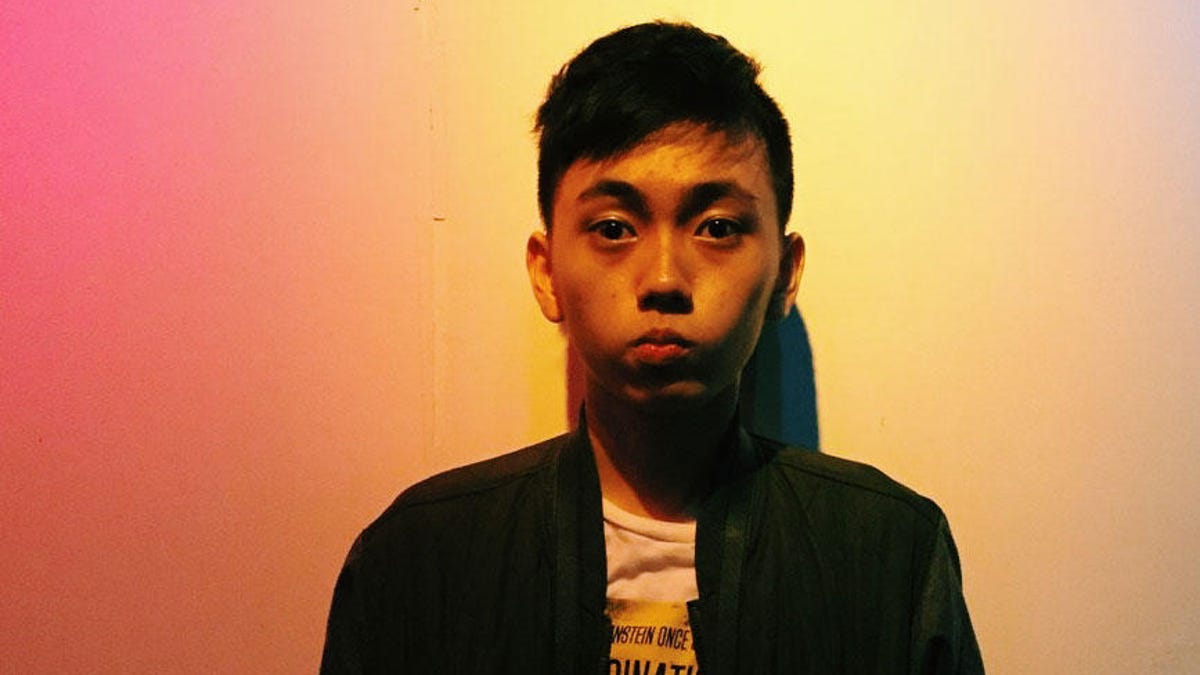Indonesian, Malaysian students earn WWDC trip for their coding efforts
One designed a neural network in Apple's Swift Playgrounds, while another uses image recognition to help you with origami.

With a surname like Leonardo, 19-year-old Indonesian student Andika has lots to live up to, and so far, it looks like he's working hard at it.
He's the first Indonesian student in six years to win a scholarship from Apple for a trip to its WWDC event in San Jose, California. He did so by creating a neural network class in Swift Playgrounds, Apple's app that teaches you more than the basic programming techniques, all without having ever coded his own app before.
With developers having made bank in earning over $20 billion last year, coding for Apple, a company that has more than 1.3 billion active devices globally, makes a lot of sense.
The second-year computer science student at Indonesia's Bina Nusantara University spent a week studying and understanding machine learning, before spending another three weeks to develop two systems -- one that can calculate the shortest route between two points and another that can read basic handwriting and numbers 1 through 9.
"I wanted to keep things from being too technical when coding my application, because it will make laymen confused. So I kept just the essentials, hid the errors and prepared the data set to train the app, as well as made a simple logic guide for them," Leonardo said.
"I wasn't expecting to win a scholarship," he added.
When the news came, Leonardo thought it was a prank, but it ended up, he says, being one of the most exciting moments in his life. And while he has yet to publish an app, the plucky student plans to release one soon in the App Store called Quickplay.
Leonardo also volunteers as a coding teacher to other students, but he said he's not very good at it -- though he added that he learns as he teaches.
He's studying to code in Swift and Java, even though he probably doesn't intend to focus on Java, as "everyone does it" and it's "completely crazy with overengineering."
At WWDC, Leonardo plans on meeting Apple CEO Tim Cook and Craig Federighi, Apple's senior vice president of software engineering, for selfies.
Scholars from Asia
Besides Leonardo, students from Singapore and Malaysia are also making their way up. Brenda Lau from Malaysia is one of the 13 females out of 119 students chosen to participate.
The 22-year-old picked up coding after an internship last year. She created an Origami Crane Tutorial that uses image recognition to guide you on up-to-date ways of folding the crane. She trained her image recognition database with over 1,000 images and plans to create her own app after WWDC.
Lau, who applied aiming to win a scholarship, says she likes coding and enjoys the feeling of seeing her programs work. Having just graduated with a degree in information technology from the Asia Pacific University in April, she's been learning how to code in Swift and Java while interning as a developer.
"The hardest part about training my app was simply the amount of labor I did to take pictures of each step of the origami crane. It took more than a thousand images -- all accounting for different angles, colored surfaces and paper, as well as obstructions in the way," Lau said.
Lau added that she also used Microsoft's Custom Vision to train her model before it was exported into Playground. After WWDC, she plans on seeing if it's possible to make her own app focusing on origami tutorials.
Be sure to check out our WWDC 18 hub for more coverage.
Correction, June 5 at 10:48 a.m. PT: This story initially misstated Andika's status as a recipient of a trip to WWDC. He was the first Indonesian student in six years to have been so honored.
Fight the Power: Take a look at who's transforming the way we think about energy.
'Hello, humans': Google's Duplex could make Assistant the most lifelike AI yet.

